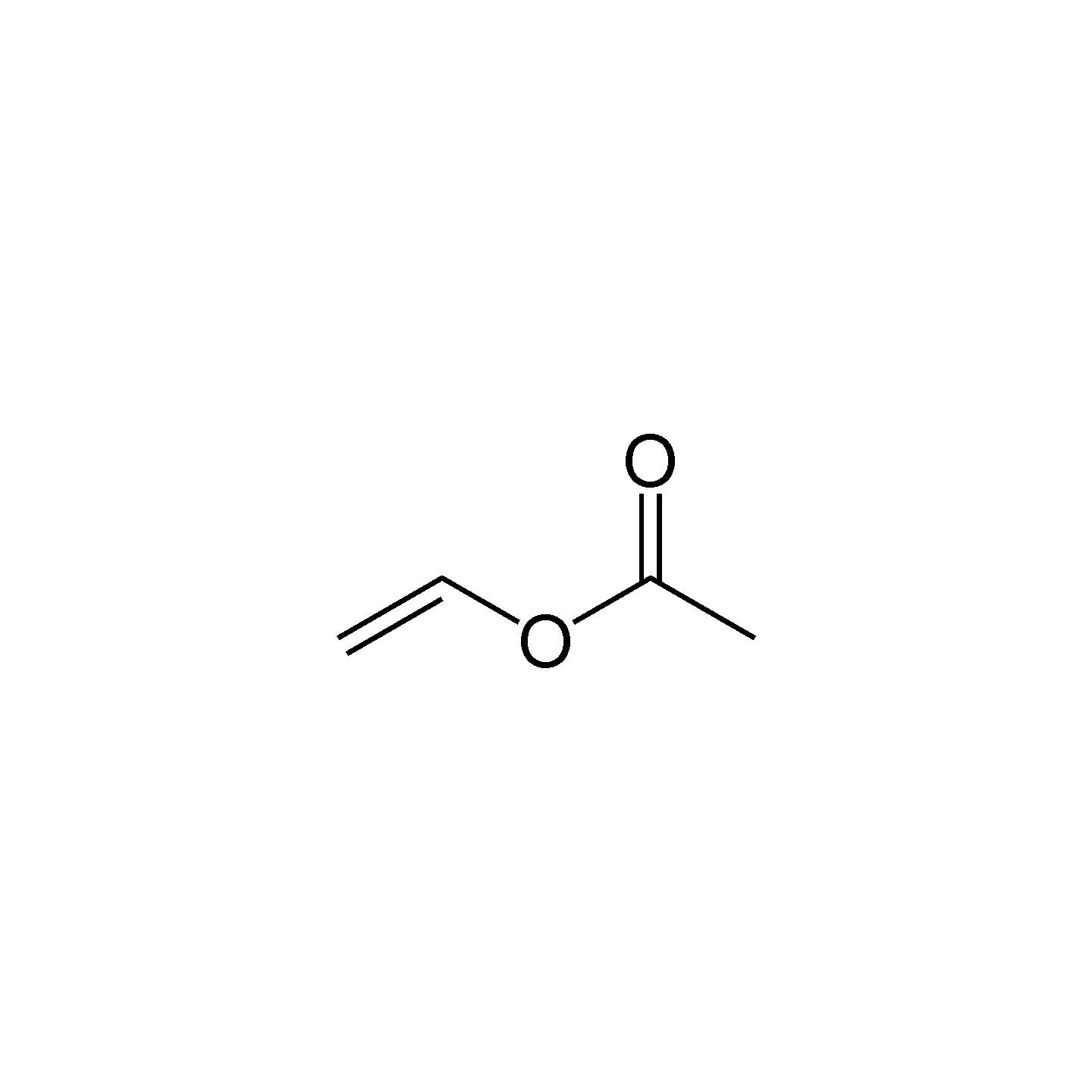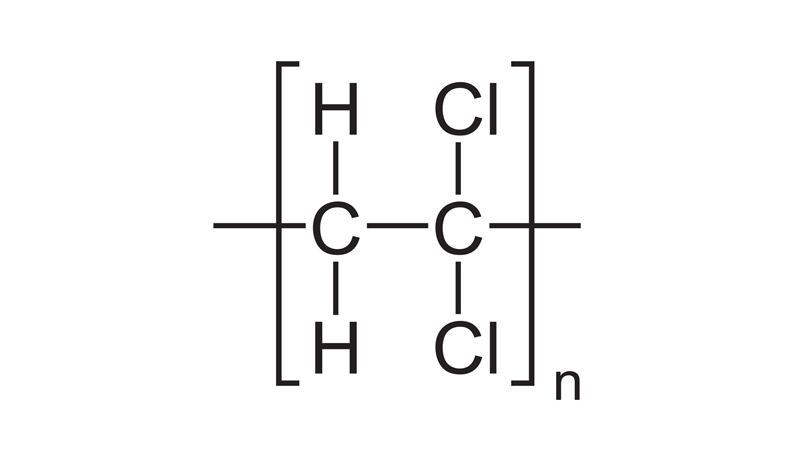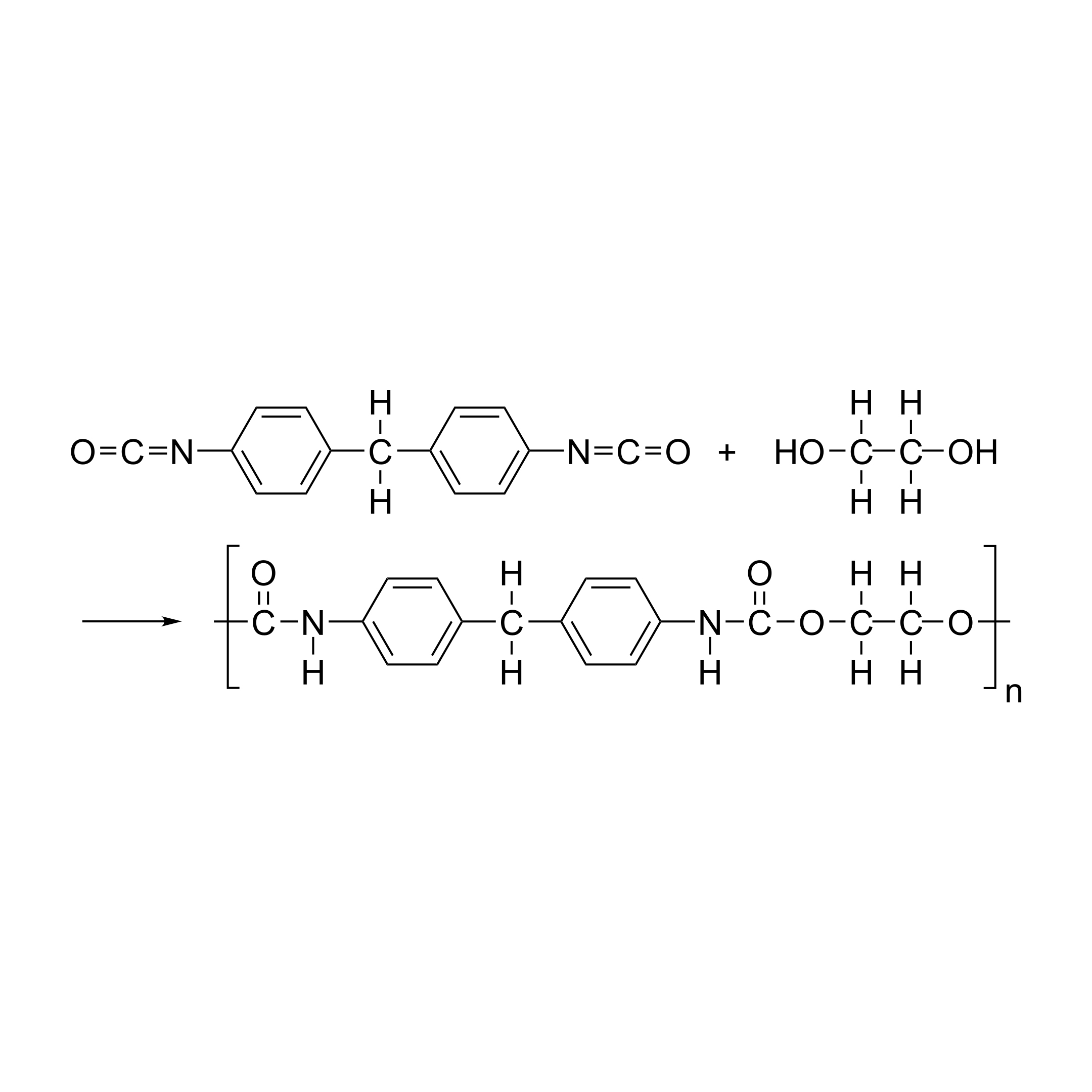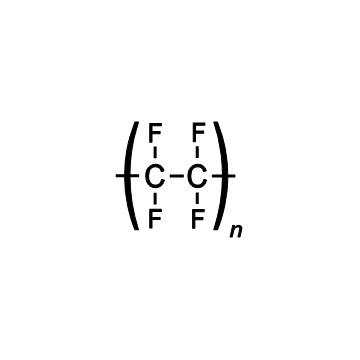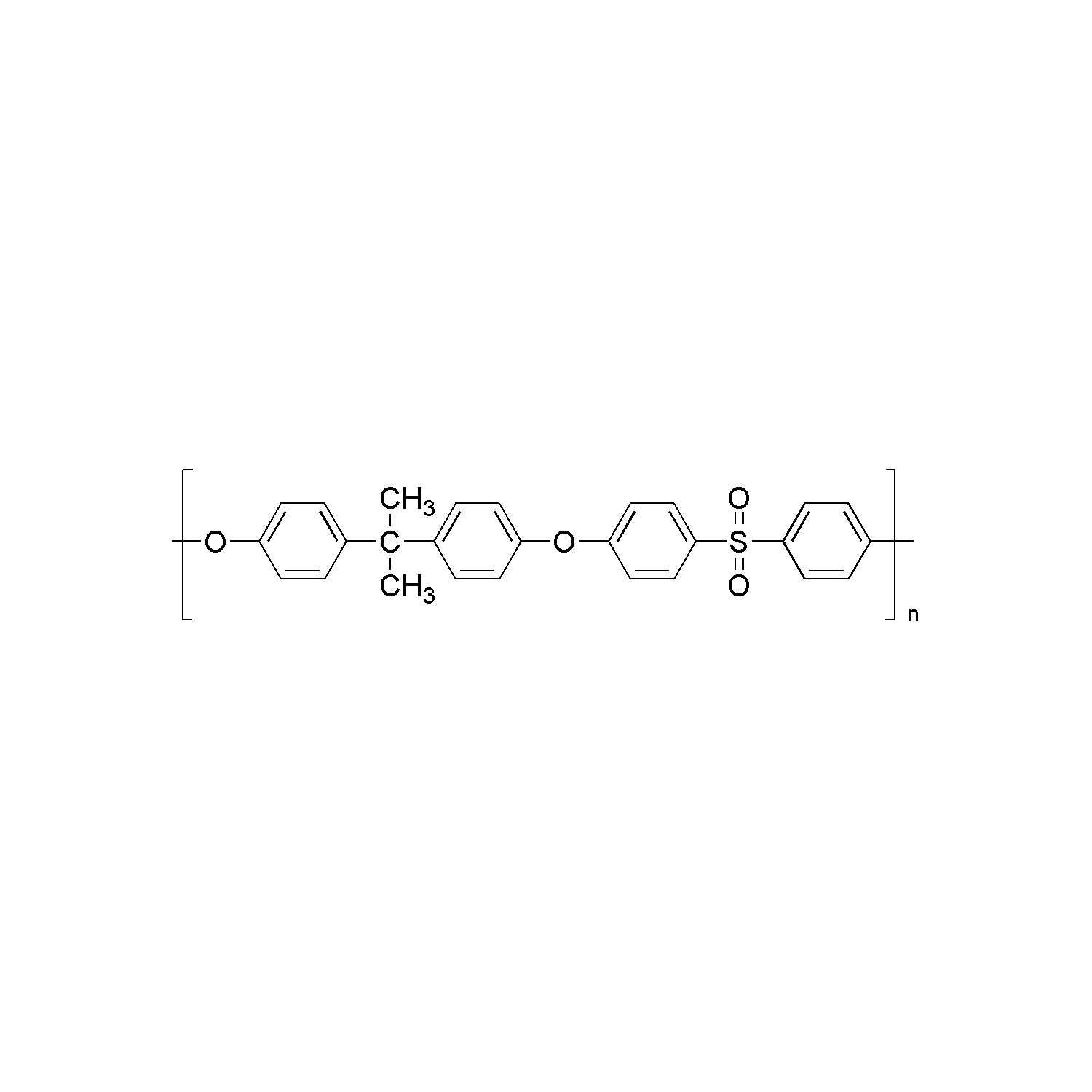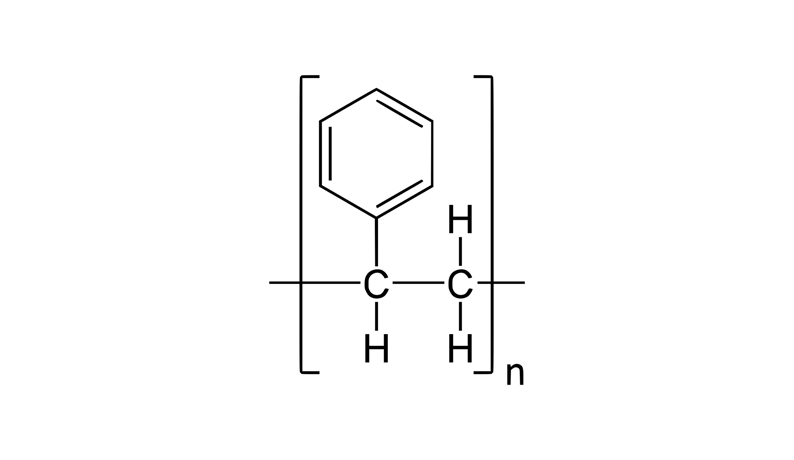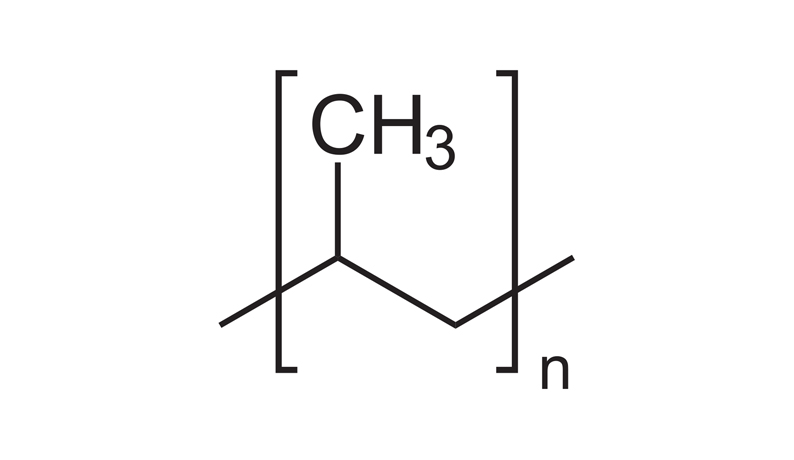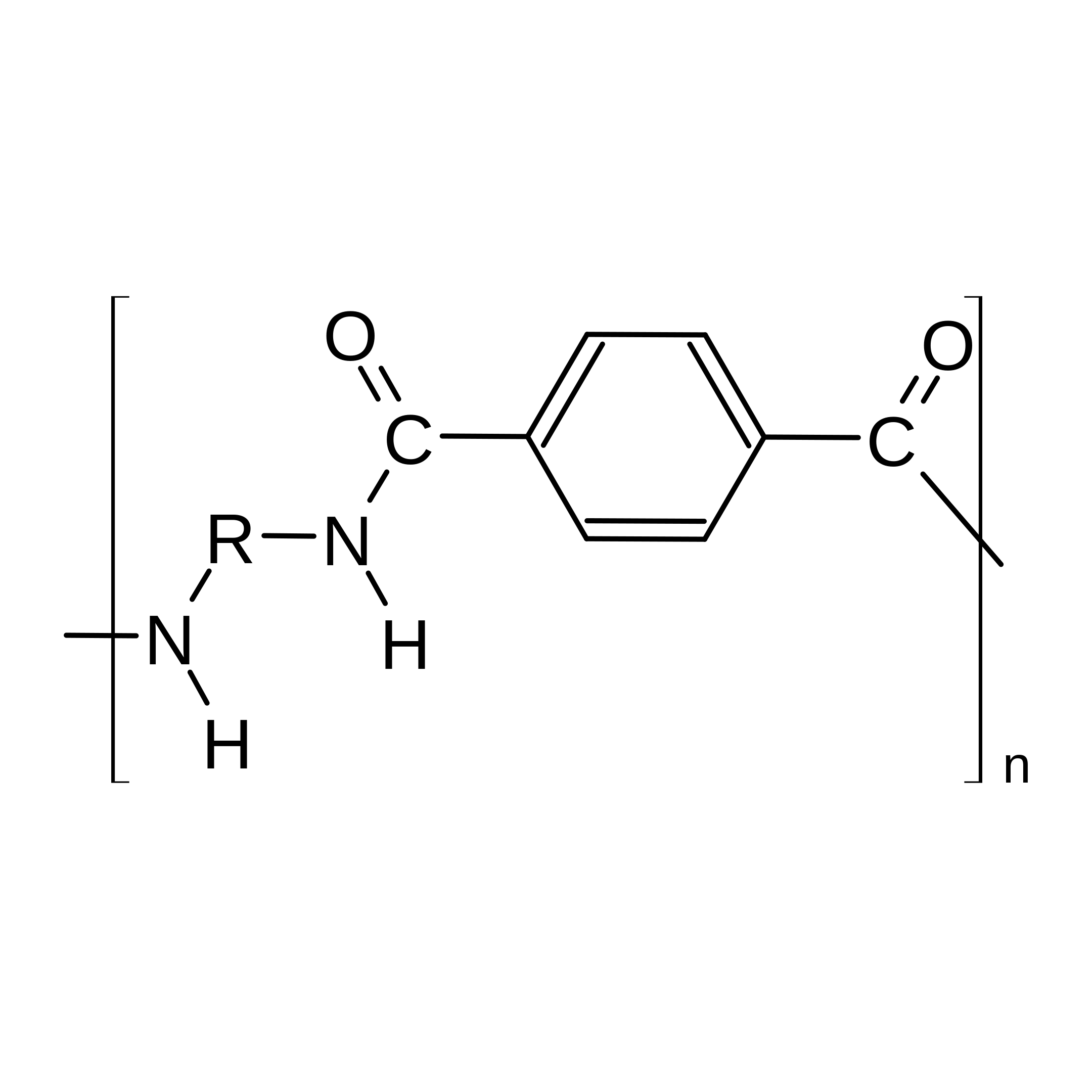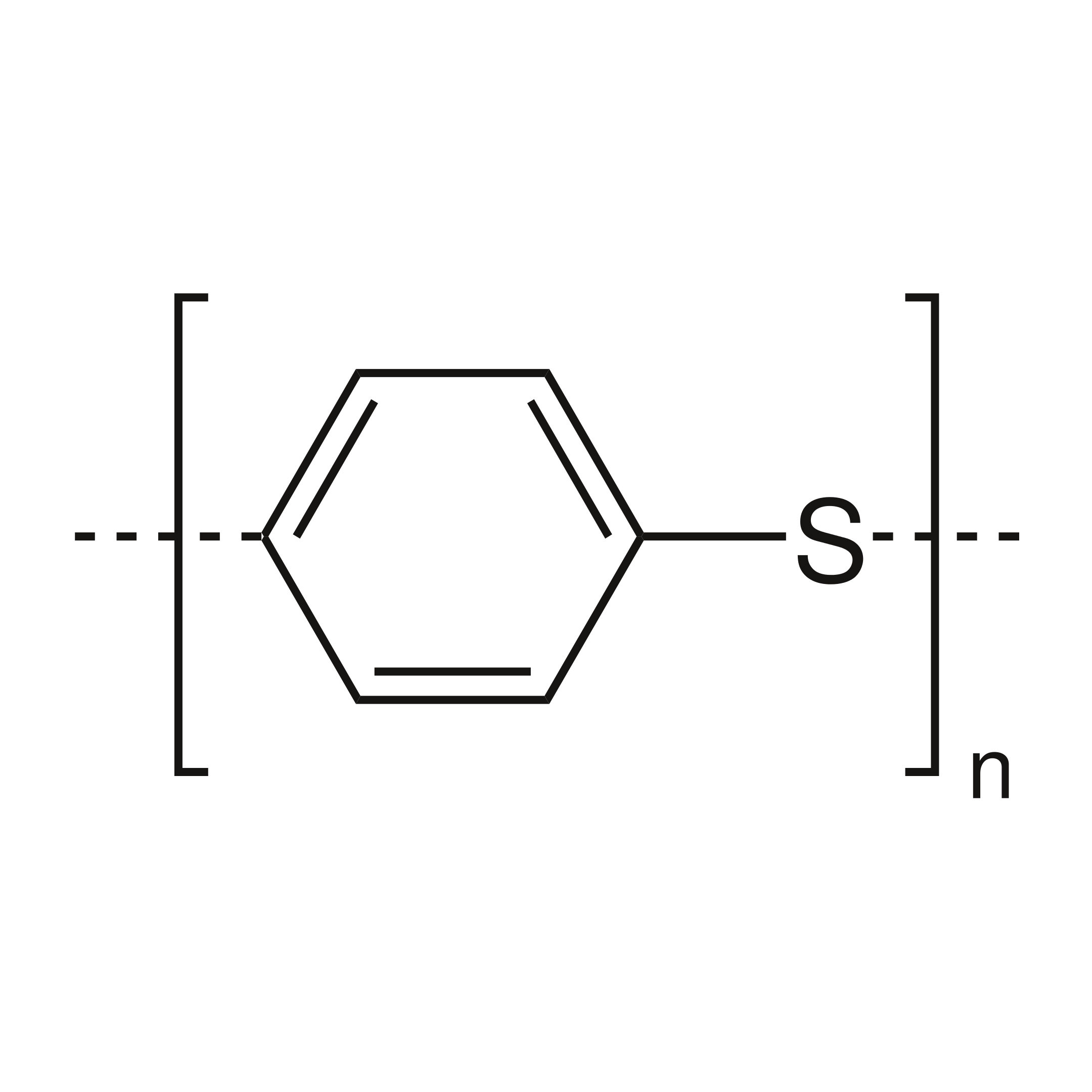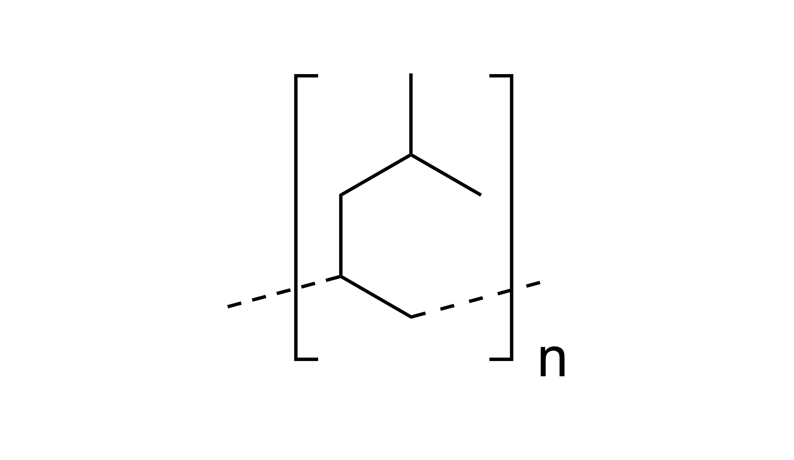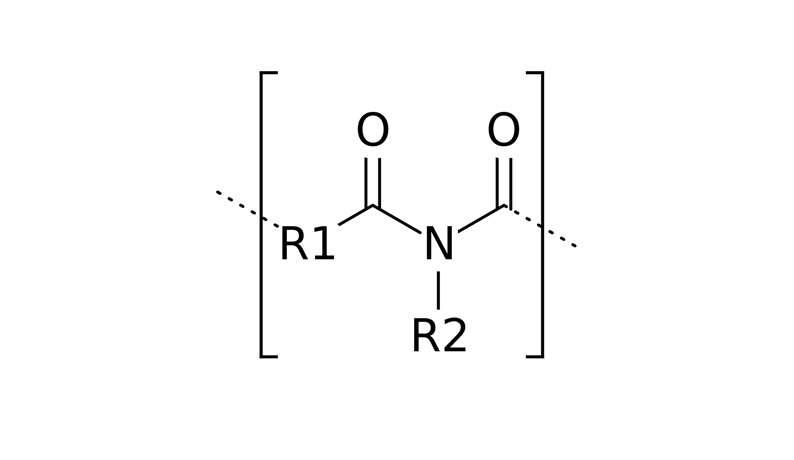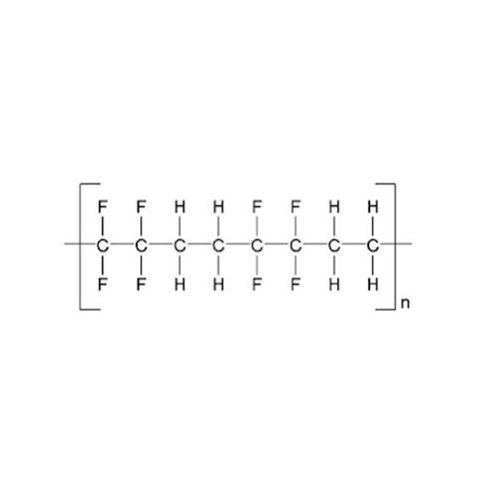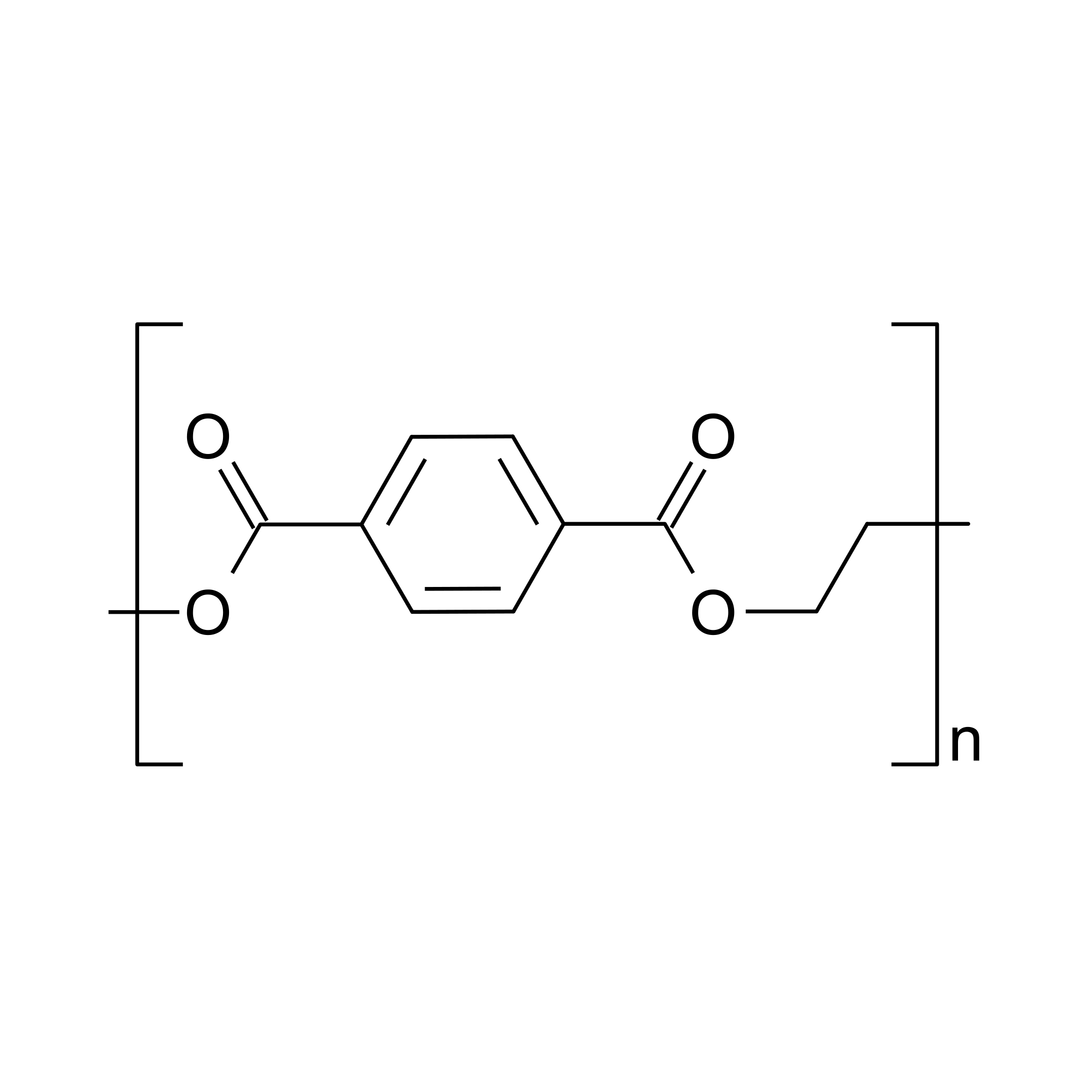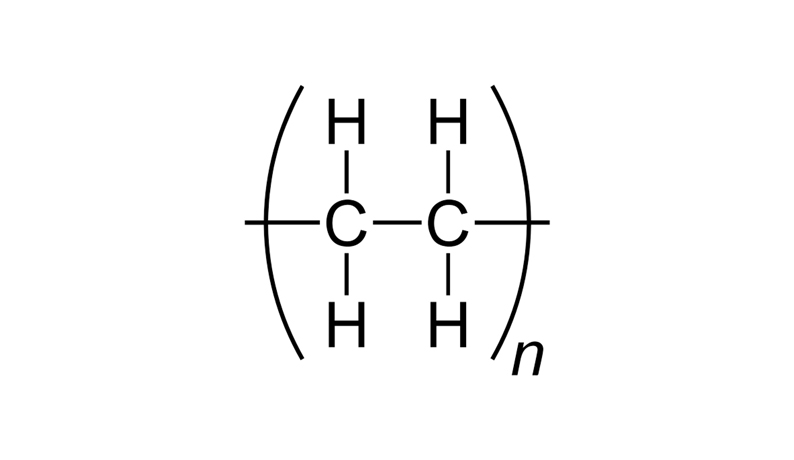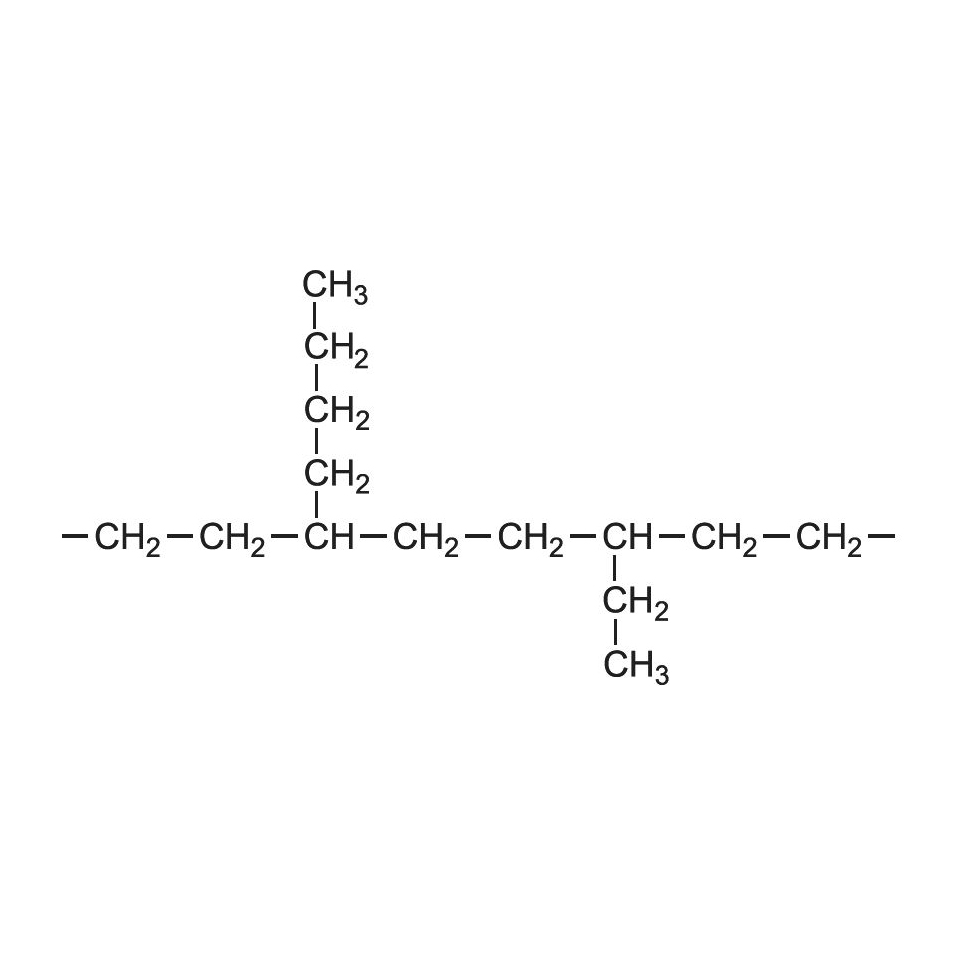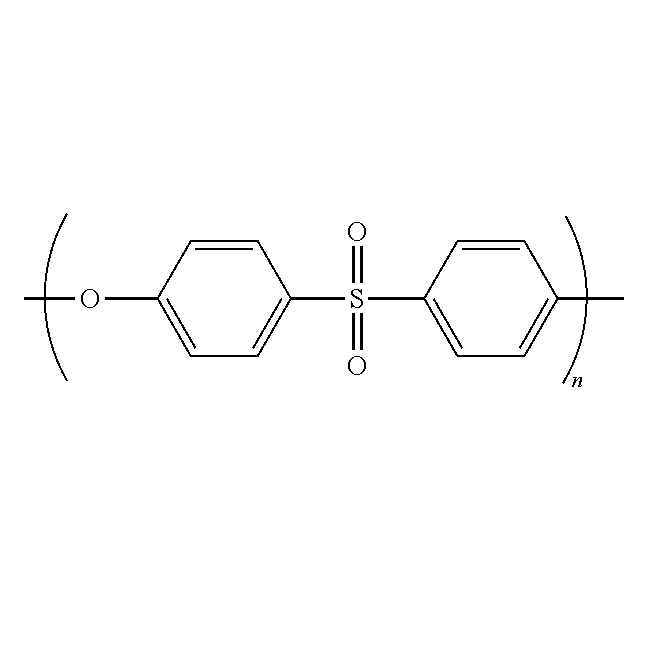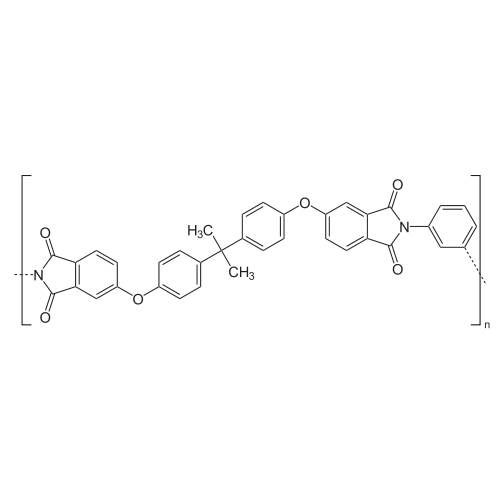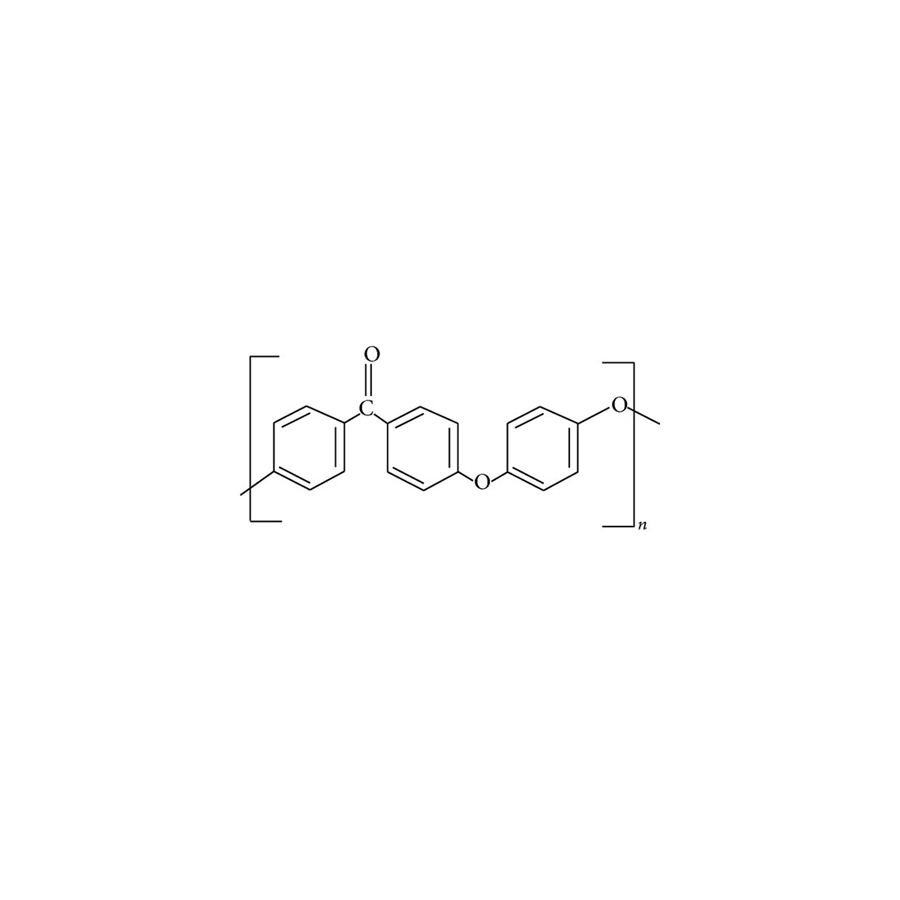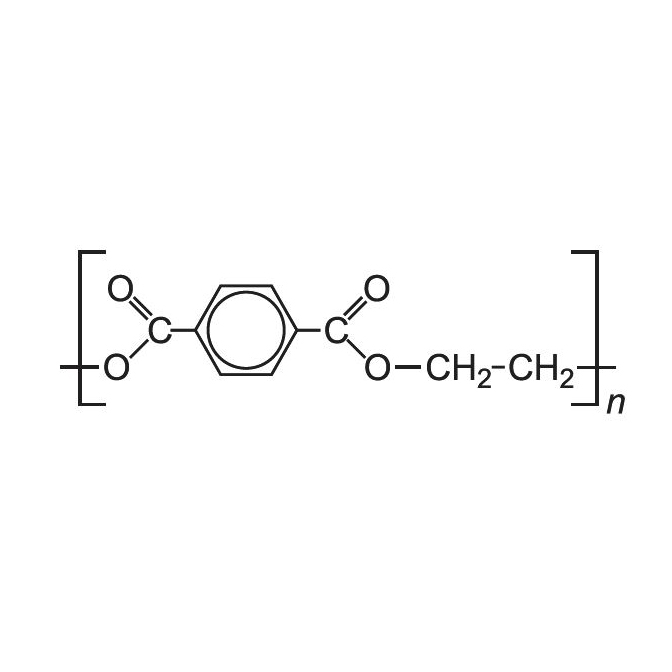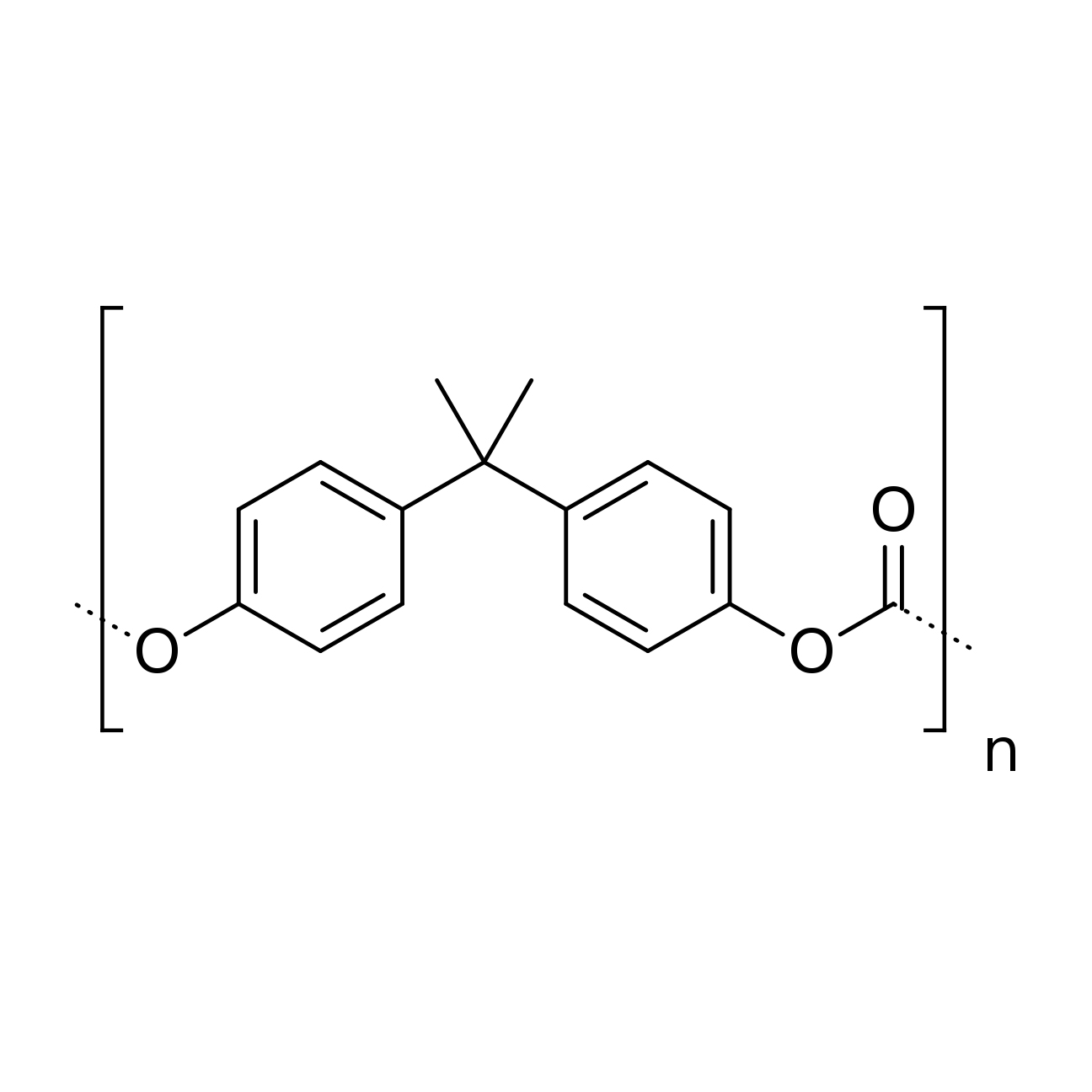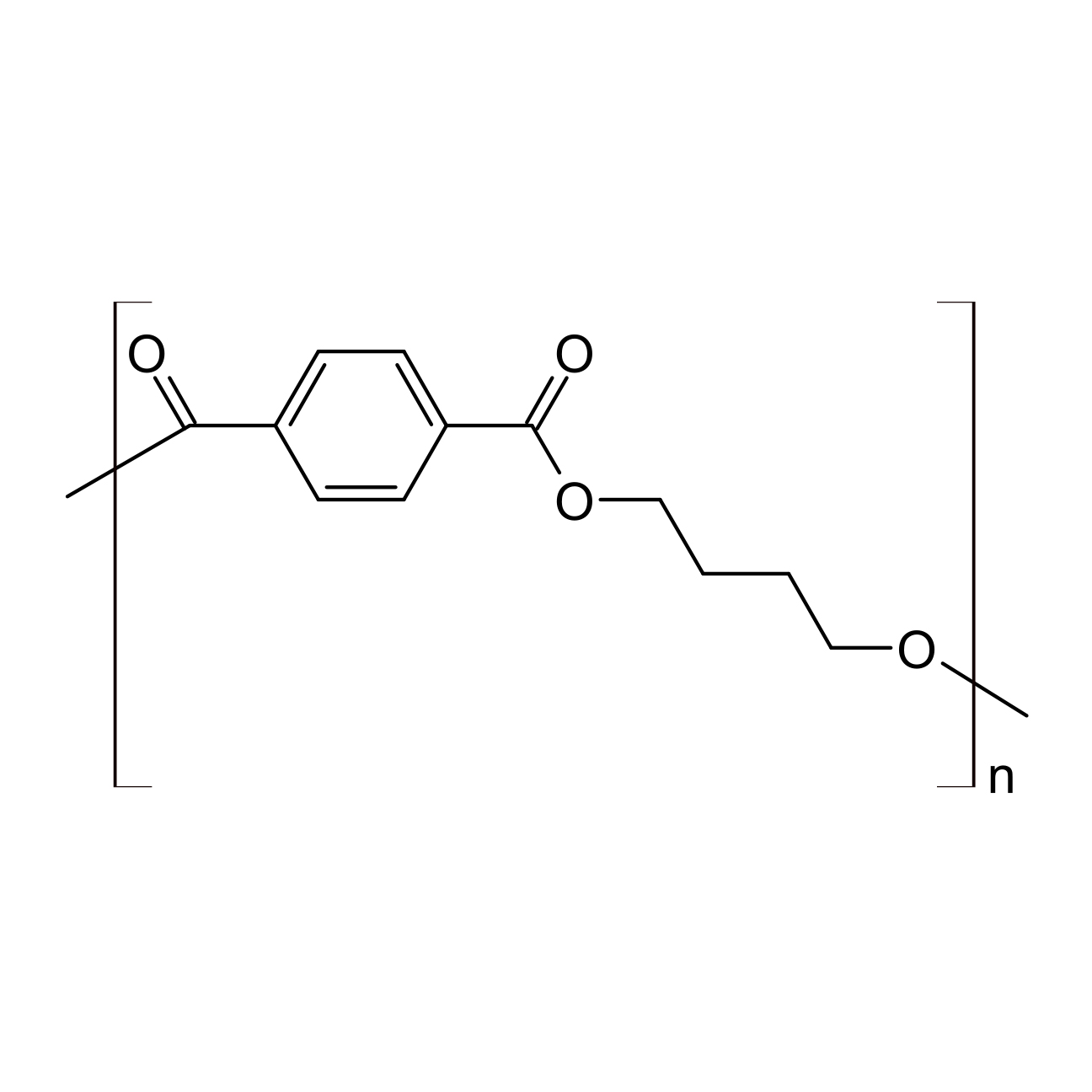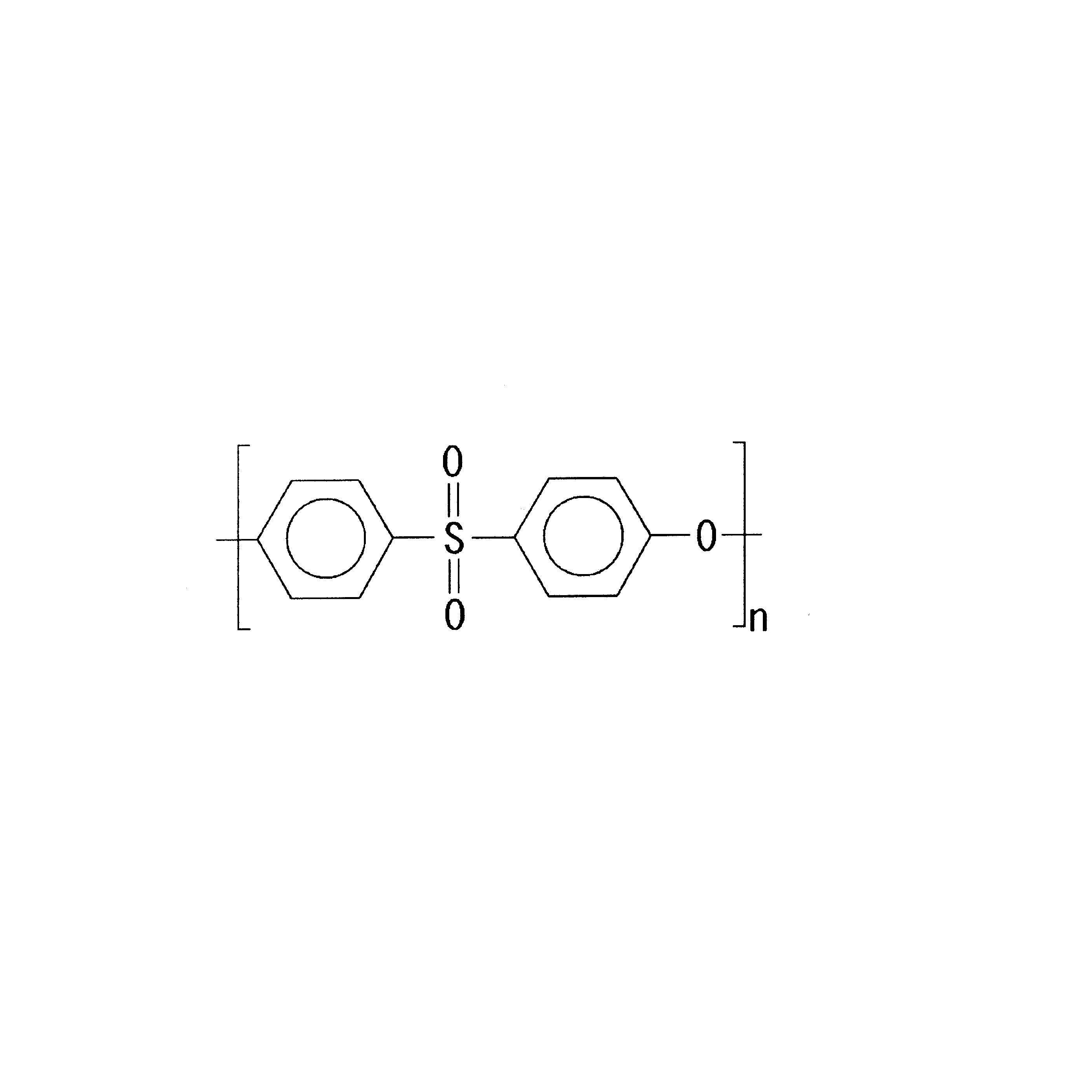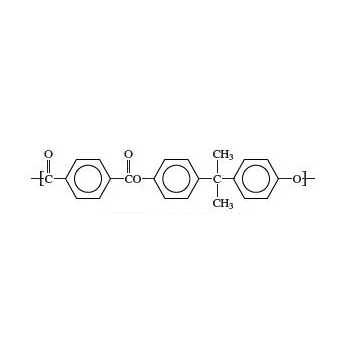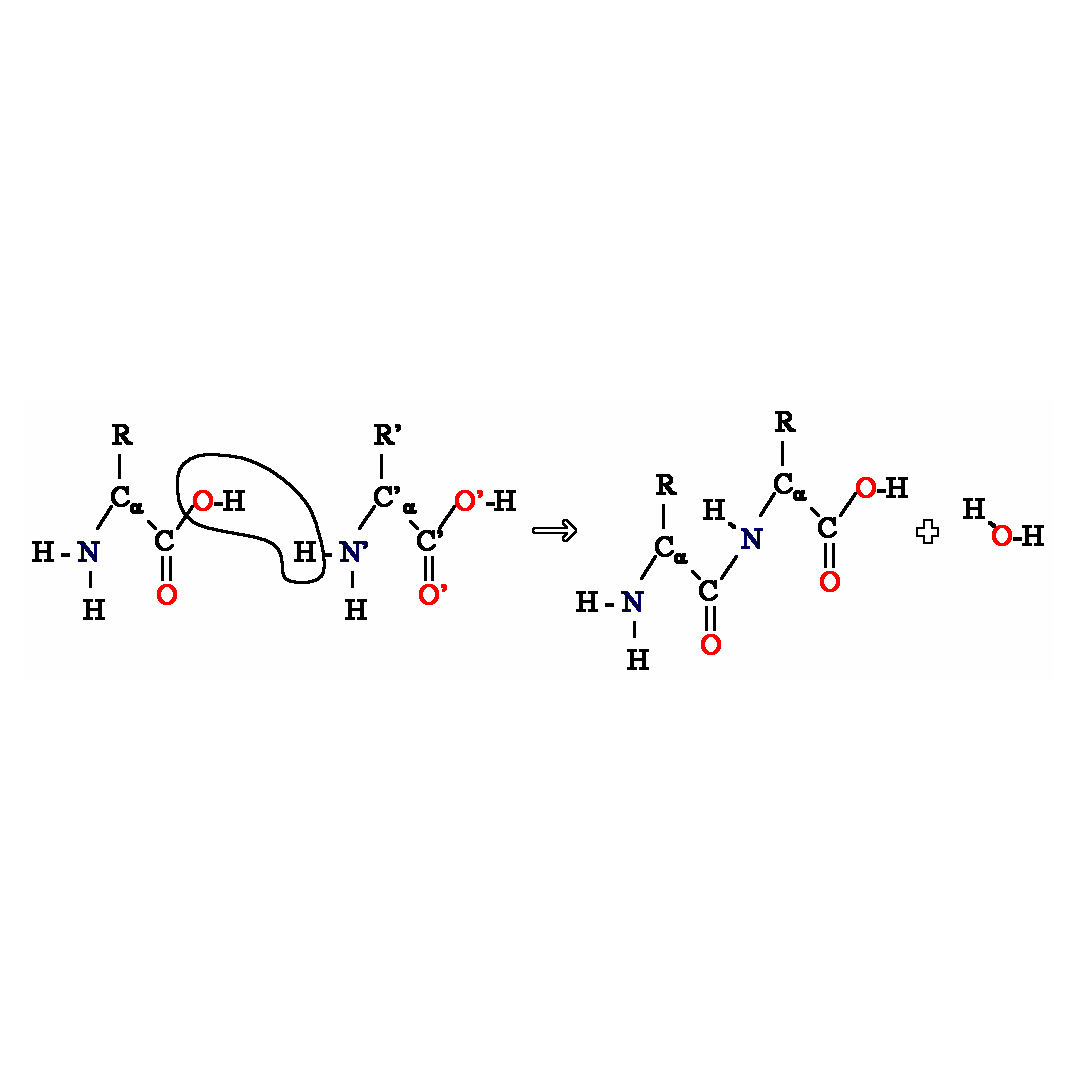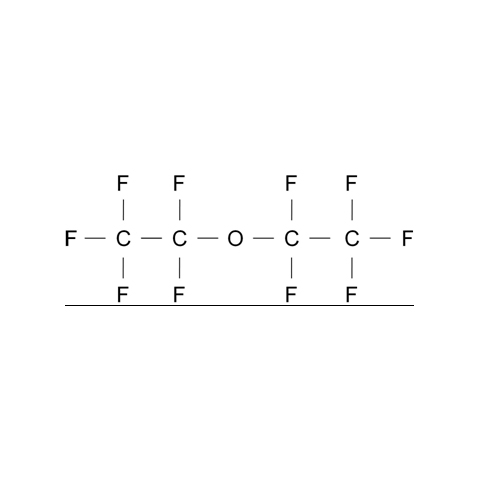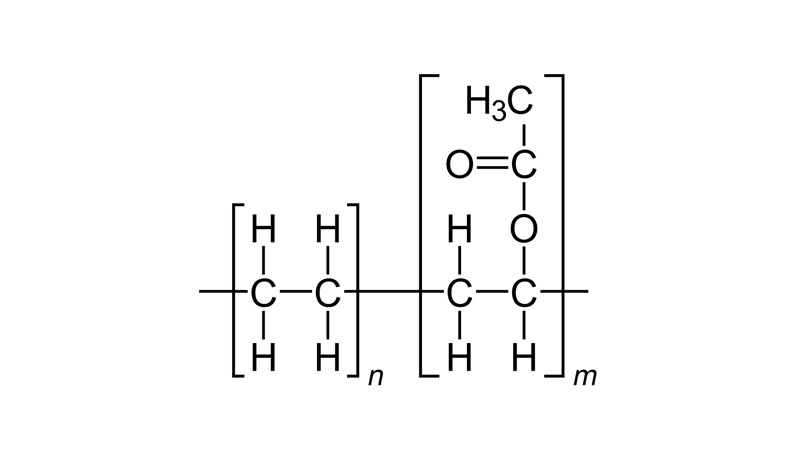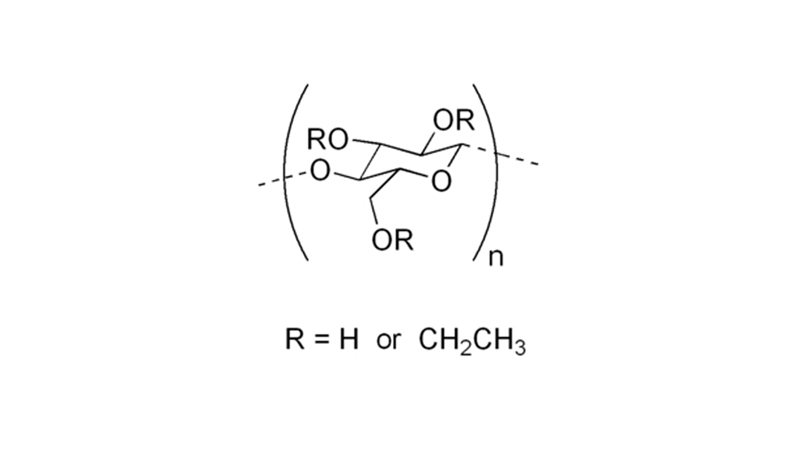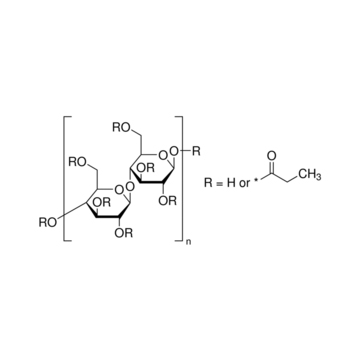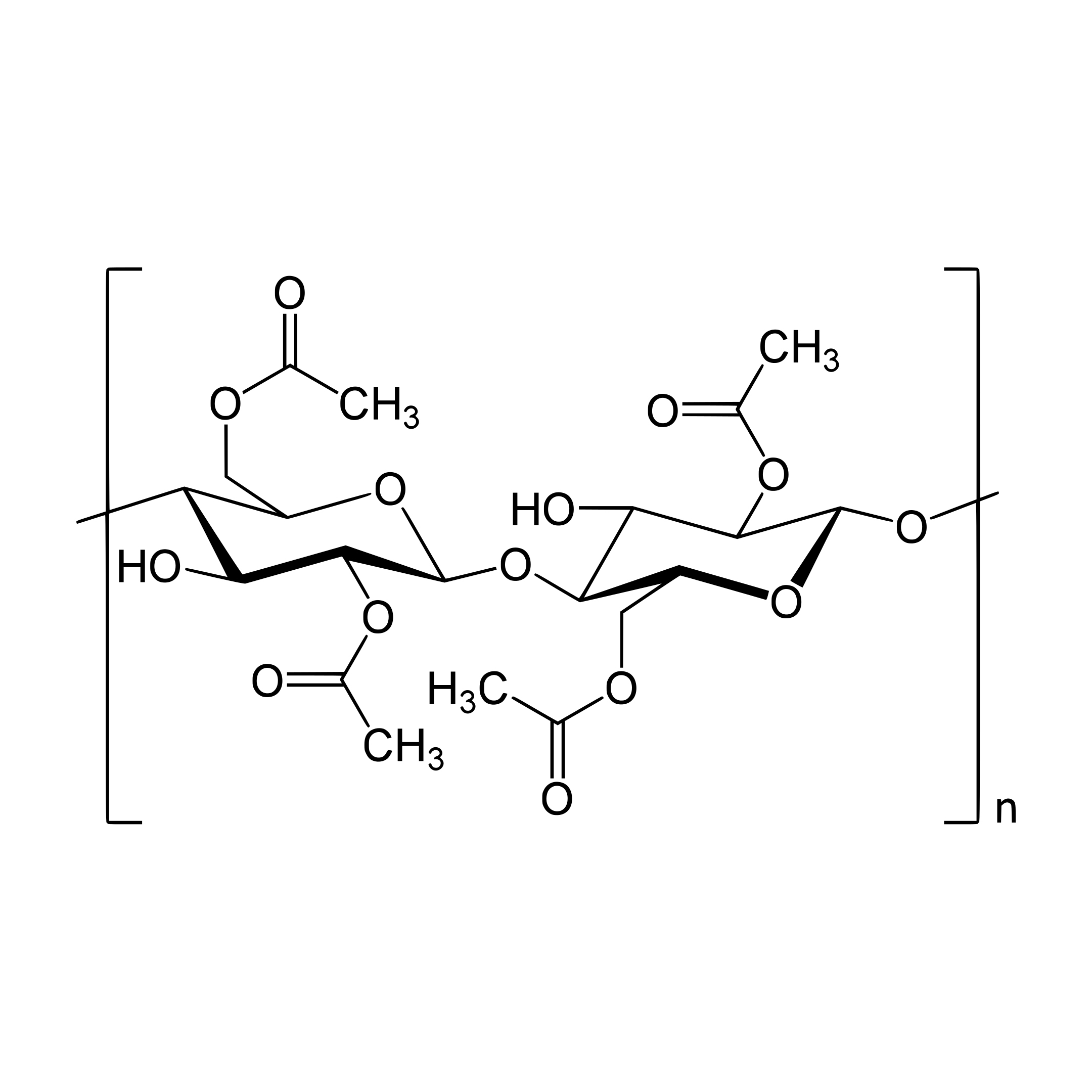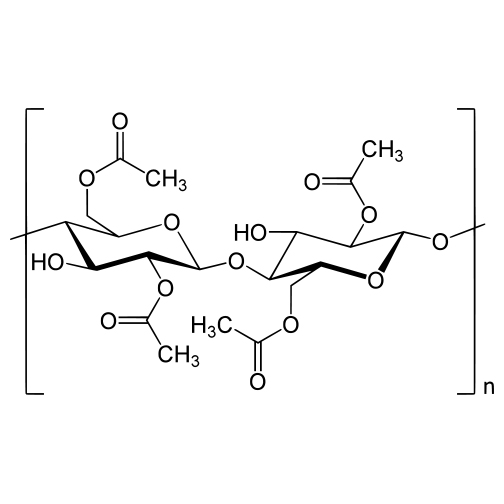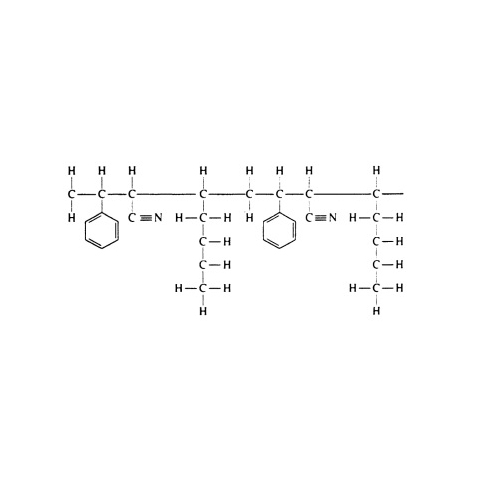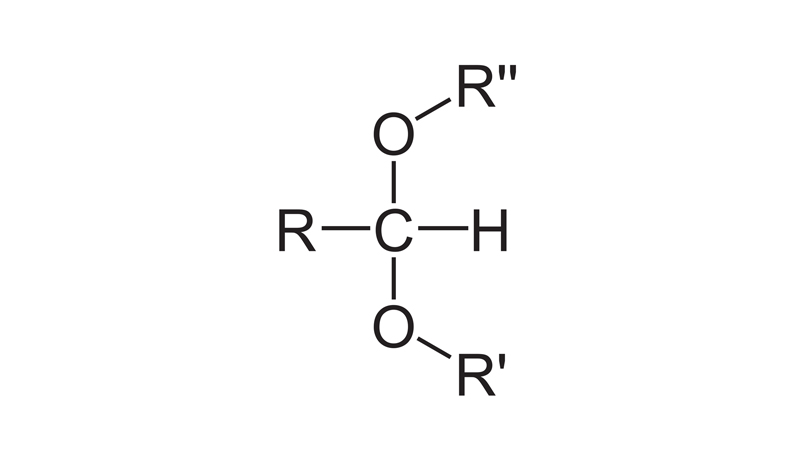Vinyl Ester
How to improve adhesion to vinyl ester?
Silicone
How to improve adhesion to silicone?
Polyvinylidene Chloride (PVDC)
How to improve adhesion to polyvinylidene chloride?
Polyvinyl Chloride (PVC)
How to improve adhesion to polyvinyl chloride?
Polyurethane
How to improve adhesion to polyurethane?
Polytetrafluoroethylene (Teflon®)
How to improve adhesion to polytetrafluoroethylene?
Polysulfone
How to improve adhesion to polysulfone?
Polystyrene
How to improve adhesion to polystyrene?
Polypropylene
How to improve adhesion to polypropylene?
Polyphthalamide
How to improve adhesion to polyphthalamide?
Polyphenylene Sulfide
How to improve adhesion to polyphenylene sulfide?
Polymethylpentene
How to improve adhesion to polymethylpentene?
Polyimide (PMR®-15)
How to improve adhesion to polyimide?
Polyethylenetetrafluoroethylene (Tefzel®)
How to improve adhesion to Tefzel®
Polyethylene Terephthalate
How to improve adhesion to polyethylene terephthalate?
Polyethylene Low Density (PELD)
How to improve adhesion to PELD?
Polyethylene high density (PEHD)
How to improve adhesion to polyethylene?
Polyethersulfone
How to improve adhesion to polyethersulfone?
Polyetherimide
How to improve adhesion to polyetherimide?
Polyetheretherketone (PEEK)
How to improve adhesion to polyetheretherketone?
Polyester
How to improve adhesion to polyester?
Polycarbonate (Lexan®)
How to improve adhesion to polycarbonate?
Polybutylene
How to improve adhesion to polybutylene?
Polyarylsulfone
How to improve adhesion to polyarylsulfone?
Polyarylate
How to improve adhesion to polyarylate?
Polyamide (Nylon)
How to improve adhesion to nylon?
Perfluoropolyether (PFPE)
How to improve adhesion to perfluoropolyether?
Ethylene Vinyl Acetate
How to improve adhesion to ethylene vinyl acetate?
Ethyl Cellulose
How to improve adhesion to ethyl cellulose?
Cellulose Propionate
How to improve adhesion to cellulose propionate?
Cellulose Acetate
How to improve adhesion to cellulose acetate?
Cellulose Acetate Butyrate
How to improve adhesion to cellulose acetate butyrate?
Acrylonitrile Butadiene Styrene (ABS)
Acrylonitrile Butadiene Styrene (ABS)
Acrylic
How to improve adhesion to Acrylic?
Acetal
How to improve adhesion to acetal?


